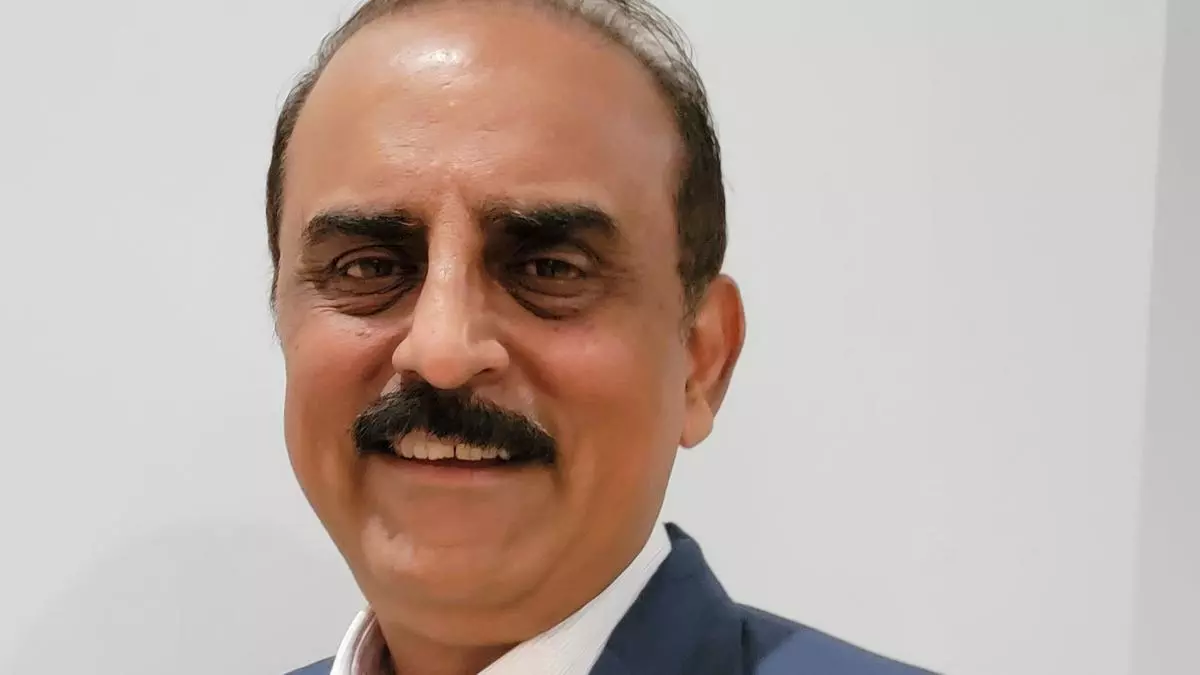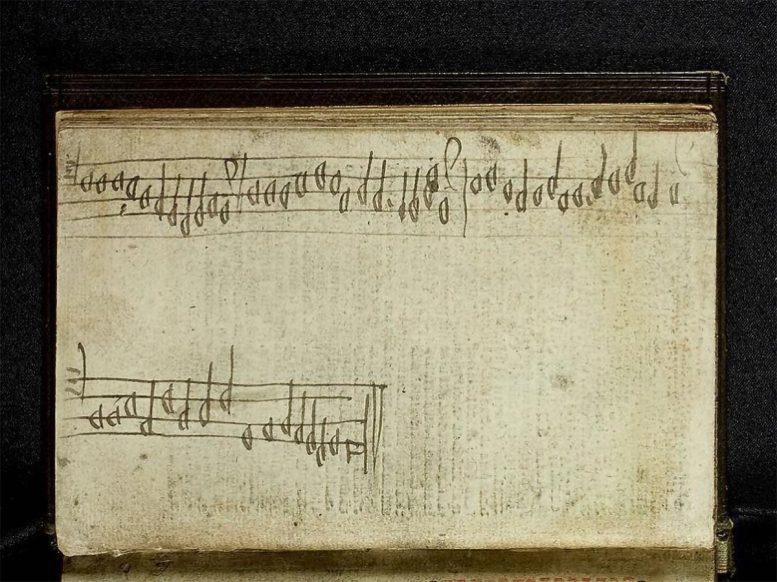New Delhi
India’s Mines Ministry is seeking a ₹2,500–3,000 crore budget assistance, as it looks to kick-start the National Critcal Minerals Mission. The fund is expected to help carry out exploration, development and acquisition of mineral block overseas as part of the country ‘s strategy to secure mineral and strategic resources.
“There is some assistance we are seeking in the Budget. Some funds in the ₹2,600 crore approximately. Discussions are still on internally,” the official aware of the discussions told businessline.
The mission
India had announced the National Critical Minerals Mission in Budget 2024-25, with an aim to move up the value chain across all stages—from exploration and mining to beneficiation, processing, and recovery from end-of-life products. The mission’s goal is to ensure self-sufficiency in fulfilling the industrial demands for critical minerals.
Contours or exact details of the mission are yet to be announced, but broad segments, that is to be included as part of the Mission or the ecosystem,include strategies to incentivise domestic exploration and production of critical minerals, acquisition of critical mineral assets abroad, trade and stock management, research and development needs, skilling requirements and production linked incentives for critical minerals recycling.
In fact, India’s Mines Ministry had also been in discussions to incentivise or support exploration, development, mining and production and sale of critical mineral activities overseas by private companies.
Net importer
India is a net importer in most of the critical minerals “on account of their nil or limited reserve / production in the country”.
The net import bill for FY24, as per the Lok Sabha document, is approximately ₹30,000 crore with phosphorous net imports being the highest at ₹12,648 crore. The REE net import is the only one to have a negative balance of ₹247 crore, indicating the possibility of India being a net exporter of the same.
In comparison, India’s net import bill for critical minerals (excluding lithium ion) stood at over ₹42,000 crore with phosphorous being the highest at ₹15,123 crore.
Dedicated fund
A dedicated fund was said to be under works for the same too. Contours of the fund—based on National Mineral Exploration Trust (NMET)—were said to be under-discussion, with officials reaching out to financial institutions, private equity players, and others for building a possible corpus.
Plans are also afoot to ramp-up activities of KABIL (Khanij Bidesh India Ltd),state-owned JV focussed on securing critical minerals overseas,by infusing more capital into it.
“Some due dilligence by KABIL is underway in countries like Australia, and if mines are acquired there; it would need capital support. So some discussions have taken place parallelly to ramp it up, or even reach out the respective PSU – NALCO, Hindustan Copper and MECL to keep provisions ready to infusion of more capital,” an official said.
So far, India has identified 24 critical minerals that include the likes of lithium, copper, cobalt, vanadium, molybdenum, platinum group of elements (PGE), rare earth elements (REE), among others. Most of these form the cornerstone towards India’s switch to clean or green energy, whereas
Argentina foray
In 2024, India through KABIL acquired five lithium blocks in Argentina—the country’s first such foray—and was planning to invest ₹200 crore over the next few years towards exploration, production and offtake of the mineral.
Exploration activities started with geological mapping and sampling activities at the lithium blocks of KABIL, near Fiambala, in Tinogasta department of Catamarca Province in Argentina on 4th October, 2024.
The company now has permission to carry out non-invasive exploration activities in all five blocks.








Leave a Comment